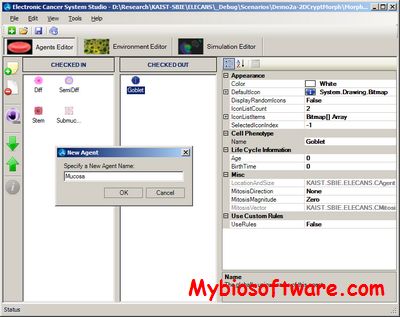TrackSig
:: DESCRIPTION
TrackSig is a method to estimate the evolutionary trajectories of signatures of somatic mutational processes. TrackSig uses cancer cell fraction (CCF) corrected by copy number to infer an approximate order in which the somatic mutations accumulate. TrackSig segments mutation ordering by CCF and fits signature exposures (activities) as a piece-wise constant function of the mutation ordering. TrackSig uses optimal segmentation to find the points of change in signature activities.
TrackSigFreq is an R package for TrackSig
::DEVELOPER
:: SCREENSHOTS
N/A
:: REQUIREMENTS
- Linux
- R
- Python
:: DOWNLOAD
:: MORE INFORMATION
Citation
TrackSig: reconstructing evolutionary trajectories of mutations in cancer
Yulia Rubanova, Ruian Shi, Roujia Li, Jeff Wintersinger, Nil Sahin, Amit Deshwar, Quaid Morris, PCAWG Evolution and Heterogeneity Working Group, PCAWG network
doi: https://doi.org/10.1101/260471
